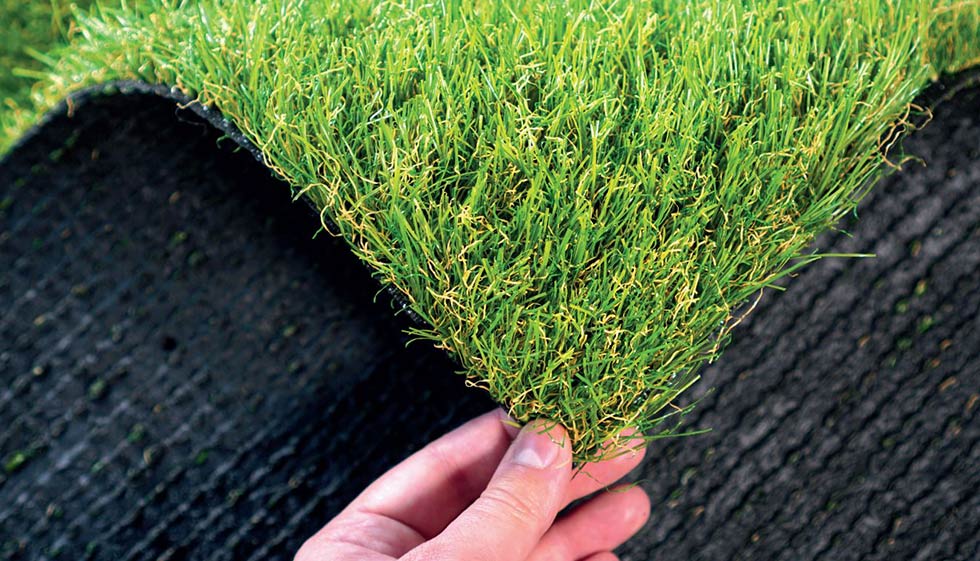An Introduction to Artificial Grass

Modern artificial grass is a highly sophisticated product, with a range of variables which each affect its overall appearance, feel, and durability, making it hard to tell apart from the real thing.
In many ways, fake grass is vastly superior to natural grass in terms of its practicality, year-round aesthetics and its durability under footfall from recreation, games and play.
In this guide, we answer some of the questions you may have regarding product choice and explain some of the commonly used terms to help you make a fully informed choice on your imitation lawn.
Artificial grass terminologyYarn: The individual blades and fibres which combine to create the artificial grass’ natural appearance. Artificial grass yarn comes in different shapes that have unique properties of their own for various settings.
Pile height: The overall maximum height of the longest blades in the yarn. Whilst the height of each blade may vary throughout an imitation lawn, for a more natural look, artificial grass pile height is measured by the tallest blades and does not include the base.
Pile weight: The weight of the yarn (blades of grass), excluding the backing material. Artificial grass pile weight is often an indicator of quality in artificial grass pile density too.
Thatch: The brown curly fibres at the base of the grass which mimic the effect of ‘thatch’ seen in natural grass.
Density: An indication of the number of blades per square metre. A high density artificial grass equates to greater weight and overall thickness.
C-Shape: Used when referring to C shape artificial grass yarn, it is artificial grass where the blades have a ‘c’ shaped profile across their width to provide a ‘springier’ feel underfoot.
W-Shape: Used when referring to W shape artificial grass yarn, it is artificial grass where the blades have a ‘w’ shaped profile across their width that helps diffuse sunlight, keeping the temperature of the imitation lawn lower as well as offering a ‘springier’ feel underfoot.
Flat-Shape: Flat blade shape artificial grass where the blades have a simple flat-shaped profile across their width.
PU backing: The polyurethane backing to which the yarn is attached and which provides strength. PU backed artificial grass enhances moisture resistance and fortifies the grass against fluctuations in weather conditions.
Latex backing: A type of natural rubber backing to which the yarn is attached and which also provides strength.
Drainage holes: Small holes in the backing which allow water to drain through to the subsoil.
Pile direction: Artificial grass pile direction is the way in which the blades tend to lean in relation to the roll length.

Find out more...
Link to topics >Introduction
The benefits of PU backing
Pile direction
Yarn shape
Pile height
Density